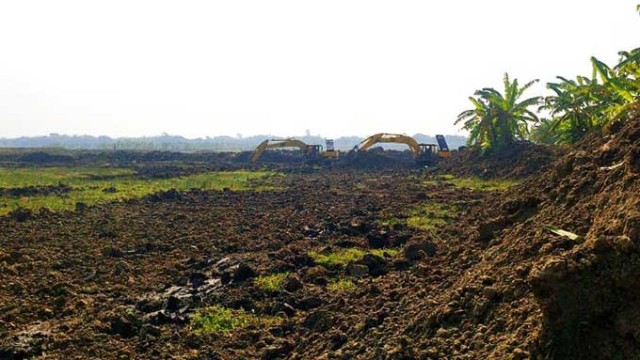The mainland United States experienced its warmest winter ever recorded, data revealed on Friday, marking another alarming indicator of the accelerating climate crisis.
According to the National Oceanic and Atmospheric Administration (NOAA), the average temperature in the lower 48 states from December 2023 to February 2024 reached 37.6 degrees Fahrenheit (3.1 degrees Celsius), the highest in records dating back to the 1890s. This figure was 5.4 degrees Fahrenheit (3.0 degrees Celsius) above the 20th-century average, making it the warmest winter to date.
Eight states in the Upper Midwest, Great Lakes, and Northeast regions saw their warmest winters on record, partly attributed to the El Nino weather pattern. Governor Tim Walz of Minnesota announced federal funding for businesses affected by reduced snow activities due to the warm weather, emphasizing the significant impact on winter-related industries.
The warmth persisted into February, with the contiguous United States experiencing an average temperature of 41.1 degrees Fahrenheit (7.2 degrees Celsius), marking the third-warmest February on record. In addition to record warmth, the mainland U.S. faced various climate-related challenges, including the Smokehouse Creek wildfire in Texas, historic low ice coverage across the Great Lakes, and extreme weather events such as floods and landslides in the West.
Despite efforts to address climate change, such as President Joe Biden's climate infrastructure law, global temperatures continue to rise. Last month marked the warmest February on record globally, according to Europe's climate monitor, with Earth experiencing nine consecutive months of historic high temperatures.
The UN's IPCC climate panel warns of breaching the 1.5 degrees Celsius warming limit in the early 2030s, emphasizing the urgent need to reduce greenhouse gas emissions. While countries agreed to increase renewable energy capacity at UN climate negotiations, concrete actions and commitments are still lacking.
The potential development of La Nina later this year could impact global temperatures, highlighting the ongoing uncertainty and challenges in addressing the climate crisis.































Comment: